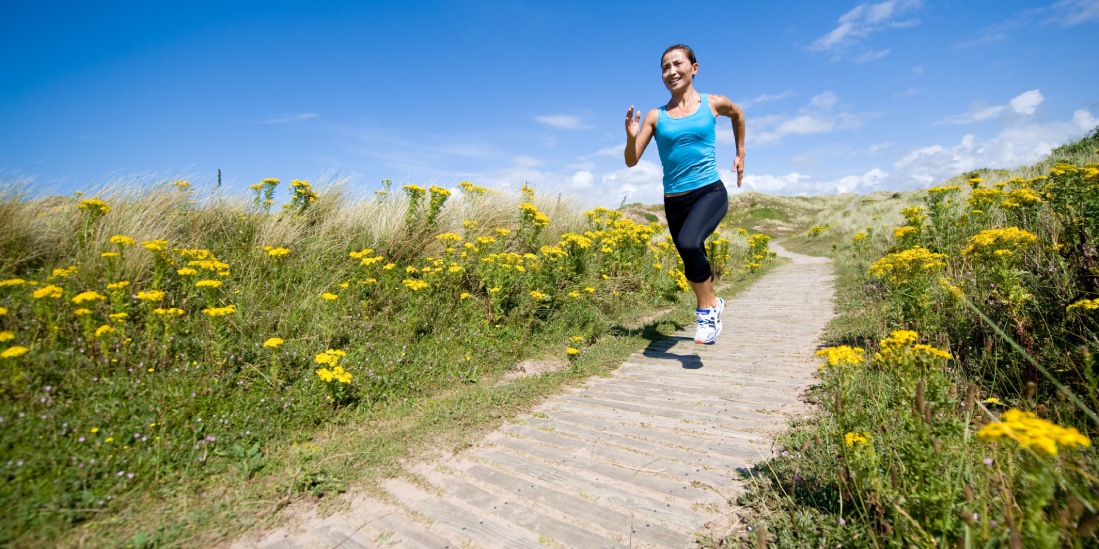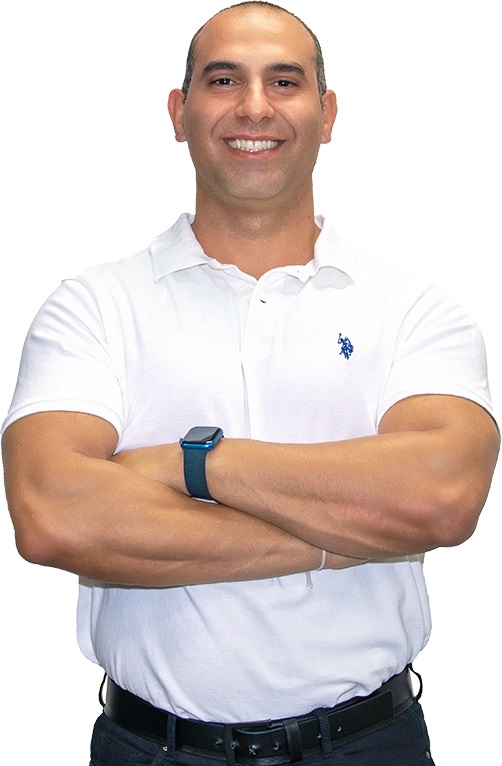Spring is often considered an ideal running season for several reasons, with warmer weather and longer days topping the list of reasons.
That’s why, with the arrival of spring and the prospect of warmer weather, many people feel motivated to get outdoors and become more active. While that’s an admirable goal, there’s one thing to ask before you put on that tracksuit and head outwards: Is my body ready?
The coziness and inactive lifestyle of winter months dents our overall fitness level. Thus, jumping straight into intense running can cause injury problems.
In this article, we will explain how to prepare your body for spring running.
Spring Running Preparation Tips
1. Gauging your current fitness level
People follow different lifestyles during winter. Some don’t exercise at all, while others do some form of workout. Thus, everyone’s fitness level is different as they head out in spring.
The first step is knowing where you stand, i.e., your current fitness level.
Gauging your current fitness level is an important step in preparing for the spring run.
For this, you need to undergo a simple test, which is:
- Perform a cardiovascular endurance test, such as running, cycling, or walking, for a set distance or time.
- Note your time or distance covered and your perceived exertion level during the test.
- Repeat the process for 3-4 days to understand your current level.
You can also repeat the process to check muscular strength and muscular endurance. For the latter, perform exercises targeting specific muscle groups, such as planks, lunges, or wall sits, for a set duration.
Benchmarking is important as there is a risk of overworking the muscles and hurting yourself.
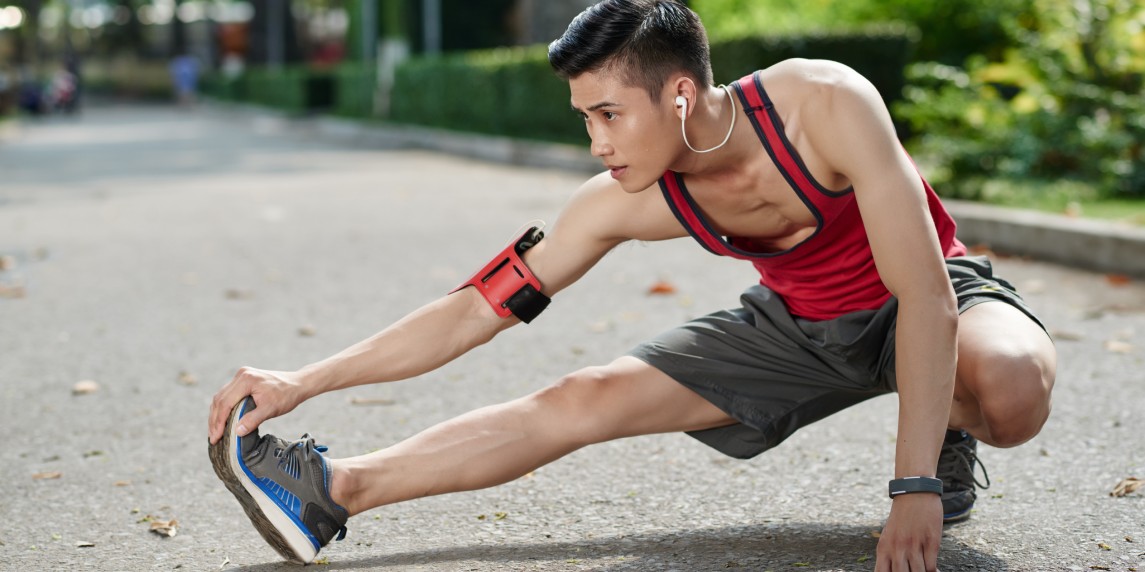
2. Stretch well before you run
Stretching plays a crucial role in preparing the body for running. When done right, it can significantly impact performance and reduce the risk of injuries.
The first thing is it boosts flexibility by enhancing the movement in muscles and joints. As you have been indoors for a prolonged period, your body has developed muscle tension and stiffness. Stretching allows for smoother and more efficient movement while running, reducing the risk of strains and muscle imbalances.
Secondly, stretching promotes blood flow to the muscles, delivering oxygen and nutrients essential for optimal performance. Improved circulation can help prevent muscle fatigue and improve endurance during running.
So before you start running, spend a few minutes stretching the main muscles. This includes the thigh muscle, hamstring, calves, hip flexors, foot, and upper body muscles.
Here are some stretch workouts you can consider:
Quad Stretch
- Start by standing tall.
- Bend one knee and lift the heel towards your buttocks, holding the ankle with your hand.
- Keep your knees close together as you gently draw your heel towards your glutes, feeling a stretch in the front of your thigh.
- Hold this position for about half a minute, then switch legs.
Hamstring Stretch
- Sit on the ground with one leg extended straight in front of you and the other leg bent, with your foot placed against the inner thigh of the extended leg.
- Lean forward from the hips, reaching towards the toes of the extended leg while keeping the back straight.
- Keep the extended knee slightly bent to protect the hamstring.
- Hold the stretch for about half a minute and switch legs.
Calf Stretch
- Position yourself facing a wall with one foot ahead of the other and toes pointing forward.
- Place your hands on the wall at shoulder height for stability.
- Straighten the back leg and keep the heel on the ground.
- Bend the front knee, leaning forward until you feel a stretch in the calf of the back leg.
- Hold the position for about half a minute before switching legs.
Hip Flexor Stretch
- Kneel on one knee with the other foot flat on the ground in front of you, forming a 90-degree angle with the knee.
- Keeping the torso upright, gently shift your weight forward until you feel a stretch in the front of the hip and thigh of the kneeling leg.
- Engage the core to prevent arching the lower back.
- Hold the stretch for about half a minute and switch legs.
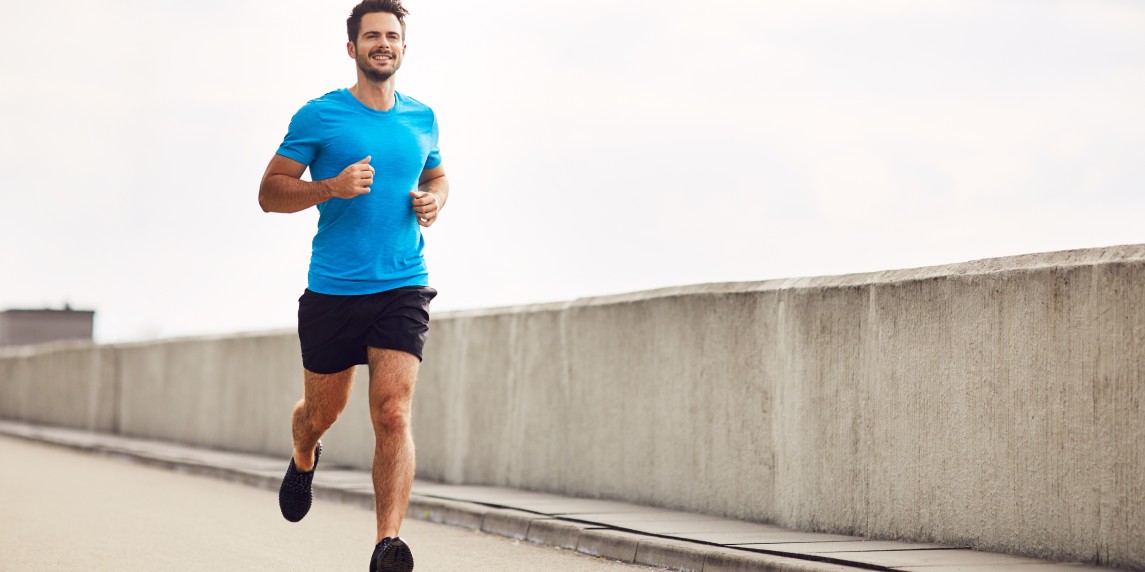
3. Jog for a few minutes
After stretching, jogging serves as an essential component of warming up the body and preparing it for more intense running activities.
Jogging at a moderate pace gradually elevates the heart rate and increases blood flow to the muscles. This prepares the cardiovascular system for the higher demands of sprinting by gradually increasing oxygen delivery to working muscles.
It also helps activate and engage the major muscle groups used during running, including the quadriceps, hamstrings, calves, and glutes. This primes the muscles for more intense activity and helps prevent sudden strains or injuries that can occur with rapid acceleration.
Also, from an injury standpoint, jogging for a few minutes is essential. By gradually increasing intensity and allowing the body to adapt to the demands of running, you prevent injuries that can occur from sudden changes in activity level. It allows for a smoother transition from rest to high-intensity exercise, reducing the risk of muscle strains, pulls, or other forms of injuries.
Santa Monica has several public parks and running trails that are ideal for a morning job. The Venice Boardwalk is a prime destination for many joggers and runners. Likewise, you can opt for Palisades Park or Electric Fountain Loop at your convenience. As a back pain expert in Santa Monica, jogging is highly advised.
4. Post run activities
After the running session, you need to perform some post-run activities. As your body is preparing for spring running, post-run activities are just as important as pre-run preparations.
Here are the activities sports medicine experts recommend you do after a running session:
Cool down: After completing your run, gradually decrease your pace to a brisk walk for 5-10 minutes. This helps lower your heart rate and gradually brings your body back to a resting state.
Post-run stretching: Perform a series of static stretches targeting major muscle groups used during running, such as the quadriceps, hamstrings, calves, hip flexors, and glutes. Hold each stretch for 15-30 seconds to improve flexibility, reduce muscle tension, and prevent tightness.
Foam rolling: Use a foam roller to perform self-myofascial release (SMR) on tight or sore muscles. Roll slowly over areas of tension, applying gentle pressure to release knots and adhesions in the muscles and fascia.
Hydration: Replenish fluids lost through sweating during your run by drinking water or a sports drink to rehydrate the body. Aim to drink enough fluids to replace any fluids lost during the workout.
Nutrition: Consume a balanced post-run snack or meal containing carbohydrates and protein to refuel and repair muscles. Foods rich in carbohydrates help replenish glycogen stores, while protein aids in muscle recovery and repair.
Gentle Movement: Engage in gentle movement or low-impact activities such as walking, swimming, or cycling to promote blood flow, aid in recovery, and reduce muscle soreness. These activities help facilitate recovery without placing additional stress on the muscles and joints.
Incorporating these post-run activities into your routine can help optimize recovery, reduce the risk of injury, and improve overall performance.
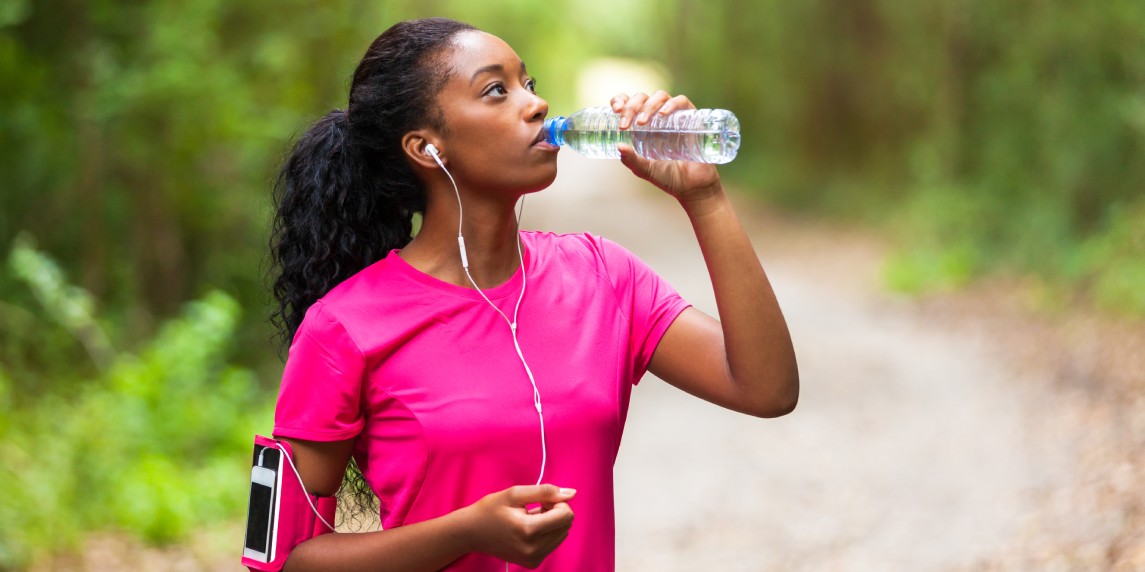
Don’t Forget – Be Regular
As a chiropractor in Santa Monica, the last piece of advice we’d give in preparing your body is to be regular. Regular running allows your body to adapt and build endurance gradually. Thus, as time passes by, you become a better runner and can participate in many running events and marathons that take place during spring.
But even if, after all the spring running preparation, you still somehow meet a roadblock, book a consultation with Dr. Roy Nissim. Visit our website or call us at (888) 547-1699.

